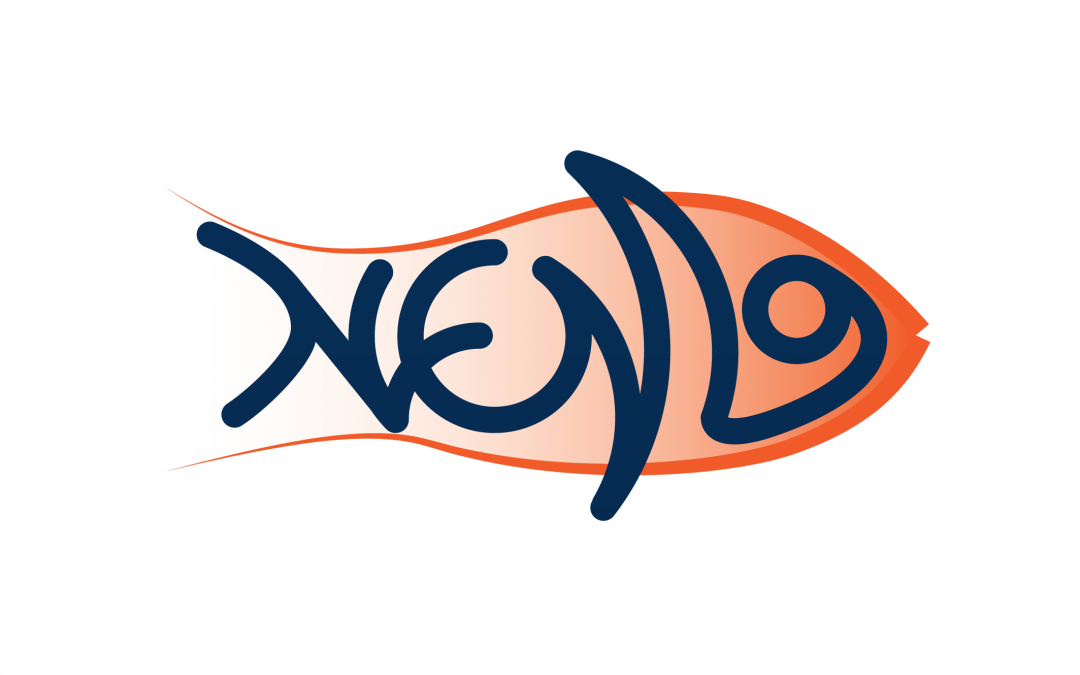NEMO
Near-zero-waste recycling of low-grade sulphidic mining waste for critical-metal, mineral and construction raw-material production in a circular economy.
The issue of mining waste in the EU
 Source: Historic mining site of Rio Tinto (Huelva, Spain) by Alberto Vázquez Ruiz
Source: Historic mining site of Rio Tinto (Huelva, Spain) by Alberto Vázquez Ruiz
The mining of non-ferrous metals such as copper, lead, zinc, nickel, antimony and cbalt and precious metals such as gold, silver and platinum produces the largest volume of metal-containing extractive waste in Europe with approx. 900 million tonnes/year of presently unusable material, and about 29% of all the waste produced in the EU-28. Today, most mines only extract a little fraction of metals from the ore, discarding the rest as enormous volumes of mining tailings left in waste-storage facilities. These installations have a limited safe lifespan and pose a serious threat to the environment and local people due to their risks (e.g. dam break, landslide, geomembrane break), compromising the present and future generations that must inherit the cost of management and permanent monitoring. This is particularly the case for sulphidic tailings, which often cause acid-mine drainage.
‘Recycling’ of mining waste as a better practise
 Source: NEMO project
Source: NEMO project
In its 2016 Raw Materials Scoreboard report, the European Innovation Partnership (EIP) on Raw Materials launched a “call to arms” to transform the “extractive-waste problem” into a “resource-recovery opportunity”. In response to this call, the NEMO project takes up the challenge of developing new ways to valorise sulphidic tailings, through the recovery of valuable metals and critical raw materials (Co, REEs/Sc, Mg). NEMO takes the lead in respecting the zero-waste principles of the EC’s Circular Economy Action Plan (2015) in the mining sector. The project will also learn new techniques to concentrate the hazardous elements (As, Cd) and remove the sulphur in the form of sulphate salts (e.g. Na, K, Mg), leaving the residual, clean mineral fraction to be used as a raw material for the mass production of cement, concrete and construction products. The result would be a drastic reduction in waste to just 5% (still to be stored) of its original (fresh tailings) volume, leading to far fewer risks for storage, and with the additional benefit of no acid-mine drainage possibility. An improvement that every mine site should implement!
CATAPA in an EU ‘Horizon 2020’ Innovation Action
CATAPA is a small partner in the NEMO interdisciplinary consortium, including 6 industrial partners (4 engineering, 1 machine manufacturing & 1 construction materials company), 4 research institutes, 2 universities and 2 mining companies (the implementation cases: Sotkamo mine in Finland, and Las Cruces mine in Spain). NEMO has four categories of objectives: technological, economic, environmental and social. CATAPA is involved in the achievement of the latter. NEMO states the will to achieve an open dialogue and enhance cooperation between all stakeholders (mining sector, local communities, authorities and NGO’s) to implement co-design and co-monitoring systems, so CATAPA will be working for 4 years (2018-2022) to ensure that the voice of locals will be known and taken into account by the consortium in its implementation of these new technologies on the mine sites.
Note (12/02/2019):
Las Cruces case is no longer part of the project because Cobre Las Cruces S.A.U. (subsidiary of First Quantum Minerals Ltd., based in Canada) withdrew from the NEMO Consortium on January 29th 2019 after a major mining accident occured in its operation in the early morning of the 23rd, when a large amount of its mining waste deposits (dried tailings) suddenly precipitated inside its open-pit through a land slippage. This event demonstrates once again the real need to find a solution to the constant generation of polluting waste by mining activities for the benefit of the whole society and our planet. For more information visit this blog or read the article from Yes To Life No To Mining.
 Source: Ecologistas en Acción Sevilla (Spain).
Source: Ecologistas en Acción Sevilla (Spain).
Note (18/10/2022):
A trailer of a video documentary series titled “Responsible Mining in Europe: A new paradigm to counter climate change” was released on LinkedIn on Tuesday, 18 October 2022, carrying a non-authorised disclaimer of CATAPA and the logo of the NEMO project. CATAPA clarifies that it did -and does- not support this video series. Before the trailer was publicly aired, CATAPA had already started the process of requesting the correction of that mistake. Although the promoters of the video trailer amended their error on the same day, it had been online for a few hours. Linking CATAPA and the NEMO project with those videos was done against CATAPA’s will and without its consent.
The NEMO project develops, demonstrates and exploits new ways to valorise and use sulphidic mining waste. Especifically, the project is a response to the 2016 EIP Raw Materials “call to arms” to transform the “extractive-waste problem” into a “resource-recovery opportunity” in the understanding that mining tailings still contain valuable and critical metals, and that mining waste could be a source for these metals and the cleaned inert fraction reused as construction materials. Promoting new mining, regardless of whether it is called “responsible”, “green” or “sustainable”, is out of the NEMO project scope and objectives. CATAPA disagrees with the message of the video documentary series.
 Source: Image from the main documentary video by SIM² (KU Leuven).
Source: Image from the main documentary video by SIM² (KU Leuven).




